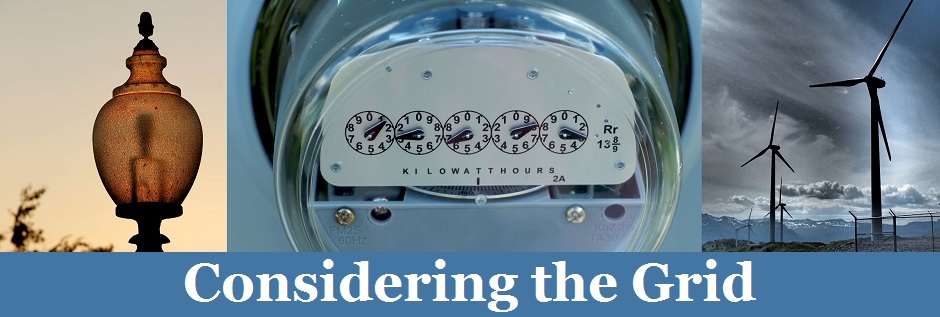On September 7, 2016, EPA finalized its Cross-State Air Pollution Rule (CSAPR) Update for the 2008 Ozone NAAQS (Update) setting new summertime (May–September) ozone season nitrogen oxide (NOx) emission budgets for power plants in 22 eastern states.
Under the Clean Air Act’s “good neighbor” provision (42 U.S.C. § 7410(a)(2)(D)(I)), states that emit air pollutants that could “contribute significantly” to a downwind state’s ability to meet its national ambient air quality standards (NAAQS) are required to develop programs to address the interstate transport of their air emissions. If a state fails to submit a compliant State Implementation Plan (SIP), then the Clean Air Act authorizes EPA to develop a Federal Implementation Plan (FIP) for that state. 42 U.S.C. § 7410(c)(1).
EPA’s first attempt to identify the upwind states and the emissions that would be subject to the good neighbor provision (Clean Air Interstate Rule) was overturned by the D.C. Circuit in 2008, and returned to EPA for further consideration. North Carolina v. EPA, 531 F.3d 896, on reh’g, 550 F.3d 1176 (2008). In 2011 EPA issued CSAPR and a supplemental rulemaking which collectively finalized FIPs and set annual NOx and sulfur dioxide (SO2) emissions budgets for 28 upwind states to address interstate transport of ozone pollution under the 1997 Ozone NAAQS and of fine particulate matter (PM2.5) pollution under the 1997 and 2006 PM2.5 NAAQS. EPA’s actions were upheld generally by the Supreme Court in EPA v. EME Homer City Generation, L.P., 134 S. Ct. 1584 (2014).
In the Update, EPA finalizes new or revised FIPs and sets new Phase 2 ozone season NOx budgets for 22 states. The Phase 2 budgets are based on the 2008 Ozone NAAQS which is a more stringent standard than the 1997 Ozone NAAQS. EPA does not set a Phase 2 standard for Georgia, finding that Georgia does not contribute to interstate transport with respect to the 2008 Ozone NAAQS; however, Georgia will continue to be subject to its original Phase 1 FIP. EPA also removes ozone season NOx budgets for North Carolina, South Carolina, and Florida because its updated modeling found that these states do not contribute significantly to ozone air quality in downwind states. The affected states may replace their FIPs with approvable transport SIPs starting in 2018.
Although emission budgets are set at a state level, the rule is implemented through the CSAPR ozone season NOx trading program and requires owners/operators of affected coal-, gas-, and oil-fired facilities to hold and surrender allowances equivalent to the total tons of NOx that their units emit during the ozone season. The Phase 2 compliance period starts in 2017. Allowances may be bought, sold, or banked, but Phase 1 allowances may not be used to comply with Phase 2 emission budgets. The Update authorizes a one-time allowance conversion to transition a limited amount of 2015 and 2016 banked allowances into allowances that will be compliant with Phase 2.
Fact sheets and technical support documents related to the Update can be found here.

